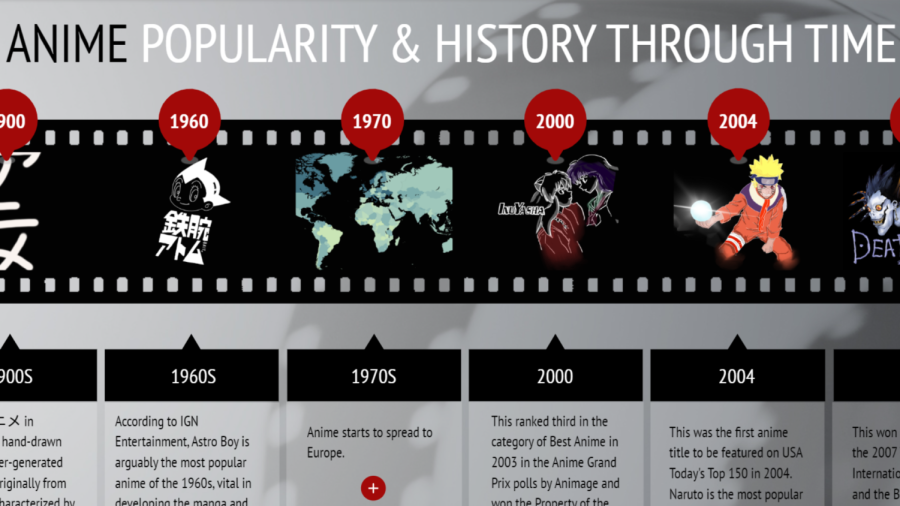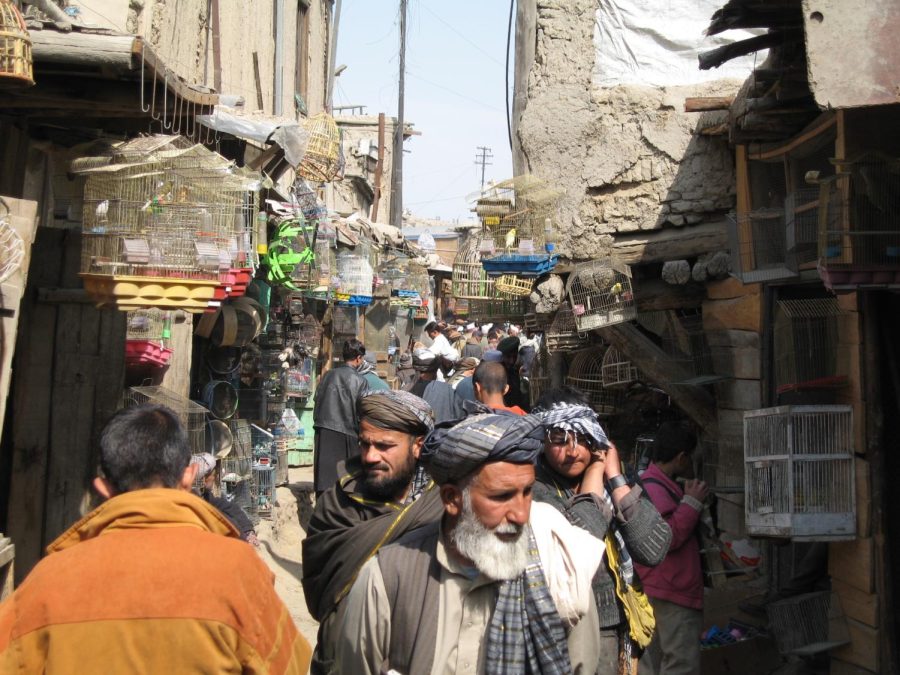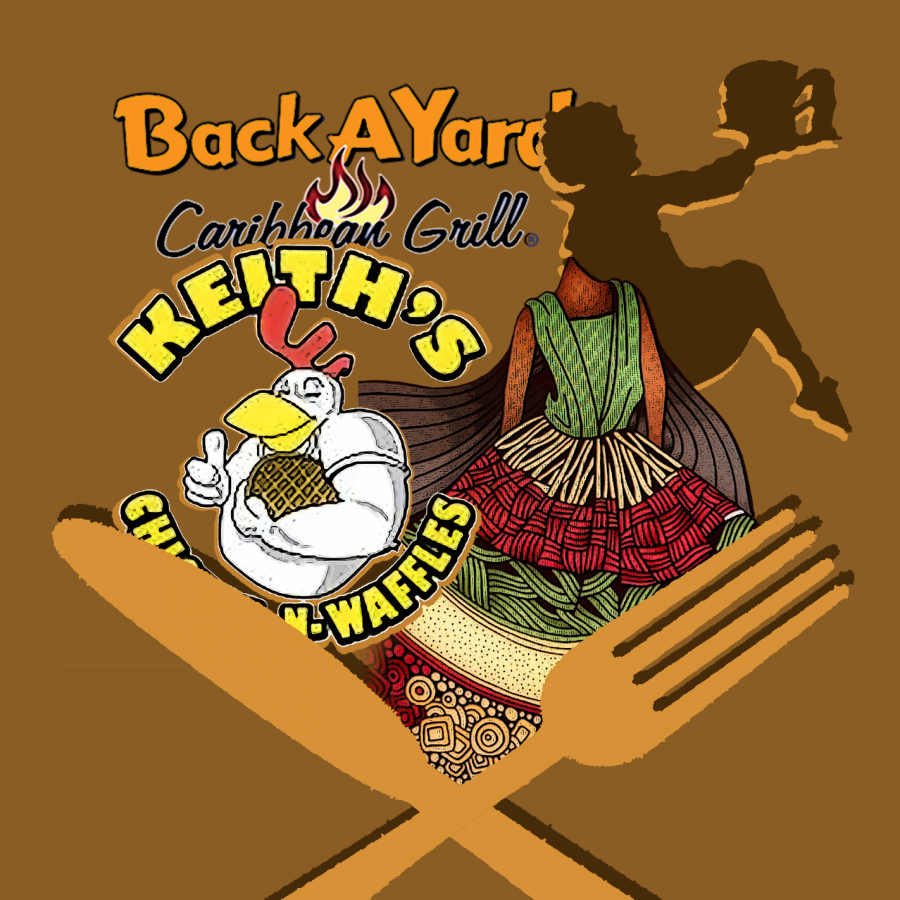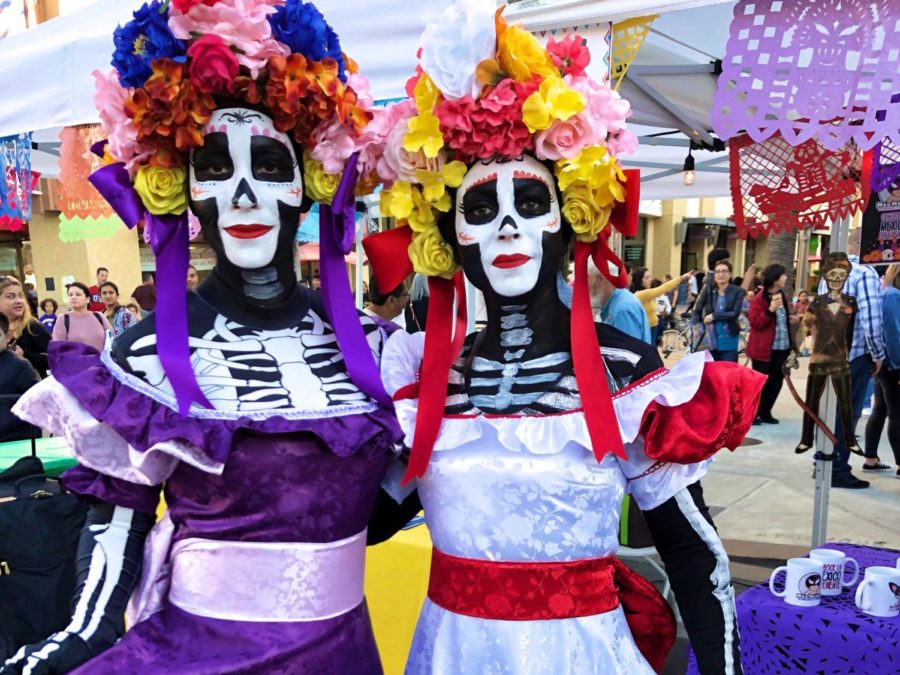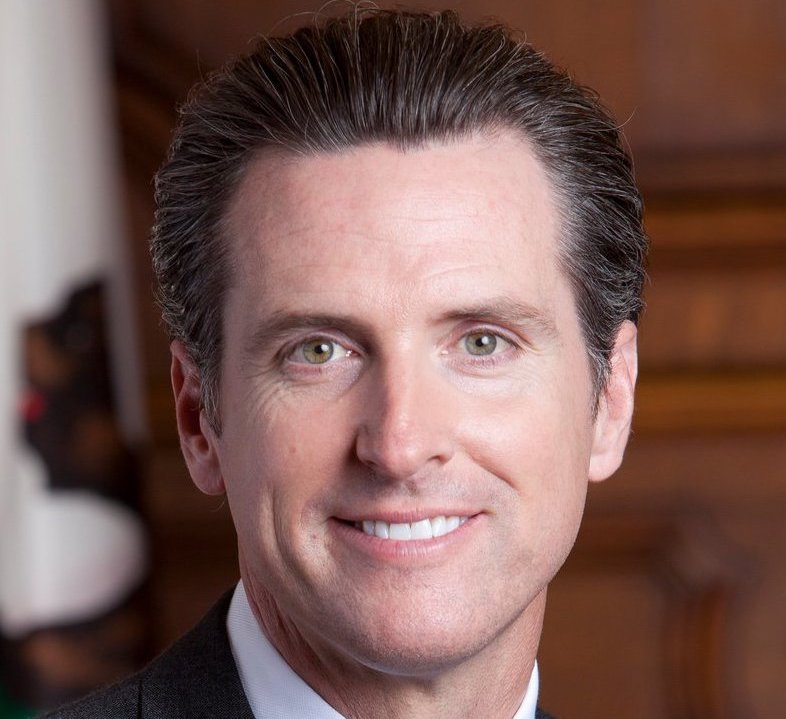Joseph Kony is the leader of the Lord’s Resistance Army, a militant group operating in parts of Africa, and has been accused of crimes against humanity.
The situation was made famous by the viral video Kony 2012, and stems from conflicting ethnic groups in Uganda. Since as early as the fourth century B.C., the area that is now Uganda has been divided into two ethnic groups; the Baganda people in Uganda’s south and east, and the Acholi people in the north.
Historically, the Baganda people are generally wealthier than their Acholi counterparts. This is due partially to the fact that most of the fertile land is in the south, where people can make more money off cash crops. In present day, the Acholi people often feel taken advantage of by the Ugandan central government, which often promotes the best interests of the Baganda people.
It was from this resentment of the Bagandans and the Ugandan government that the Holy Spirit Movement was born in 1986, a religious armed resistance group whose goal was to overthrow the current government.
Joseph Kony joined the group later, trying to gain supports by aligning himself with the popular founder of group, Alice Lakwena. However, he lost popular support when she criticized him for his inhuman practices such as killing civilians and prisoners of war.
In 1988, Kony began creating his own resistance, now known as the Lord’s Resistance Army, with various members of the Holy Spirit Movement and another rebel group called the Uganda National Liberation Front.
Starting in 1998, Kony abandoned his original practice of “holy fighting” in which he had his soldiers use oil to make crosses on their chests to protect against bullets. He was convinced that to win battles his army must adopt conventional guerrilla warfare, including surprise attacks on villages.
Originally, the Ugandan government didn’t consider Kony and his army much of a threat, but by 1991 they had created enough of a problem that the Ugandan Government began Operation North in an effort to destroy the Lord’s Resistance Army and its supporters.
Despite the failure of the program, Kony and his resistance started losing popular support amongst the people. Kony and his Lord’s Resistance Army
In 1994, Kony, feeling threatened by Acholis and the government, began terrorizing civilians and increasing military strength. It was during this time that Kony began using child soldiers. When his forces raided villages they often abducted many children who were strong enough to carry weapons.
Persisting well into the twenty-first century, the Lord’s Resistance Army continued their brutal attacks on civilians despite resistance from governments and other rebel groups.
Kony and his army have been accused of countless crimes against humanity. For example, the rebels impersonate military soldiers, or launch surprise attacks on unsuspecting villagers gathering for occasions such as church services.
These vicious attackers kill the weak and the old with machetes, swords, or stones, and cut off people’s ears, lips, and noses to serve as a warning to others.
Those that are useful to them are taken captive, tied together, and forced to become soldiers, porters, cooks, or sex slaves. People who resist or try to escape are tortured and killed.
It was these types of atrocities that prompted outrage amongst native as well as foreigners. There have been many groups that have tried to help the situation or at least spread awareness, such as the now well-known Kony 2012 movement.

